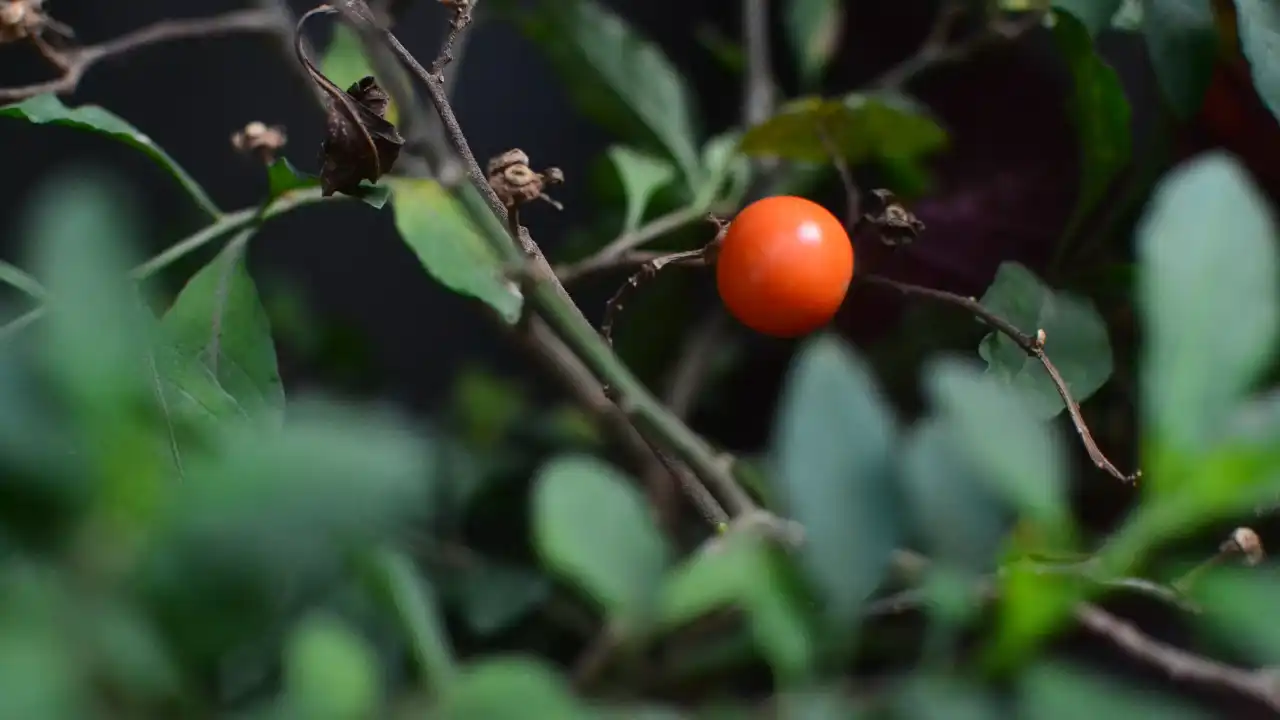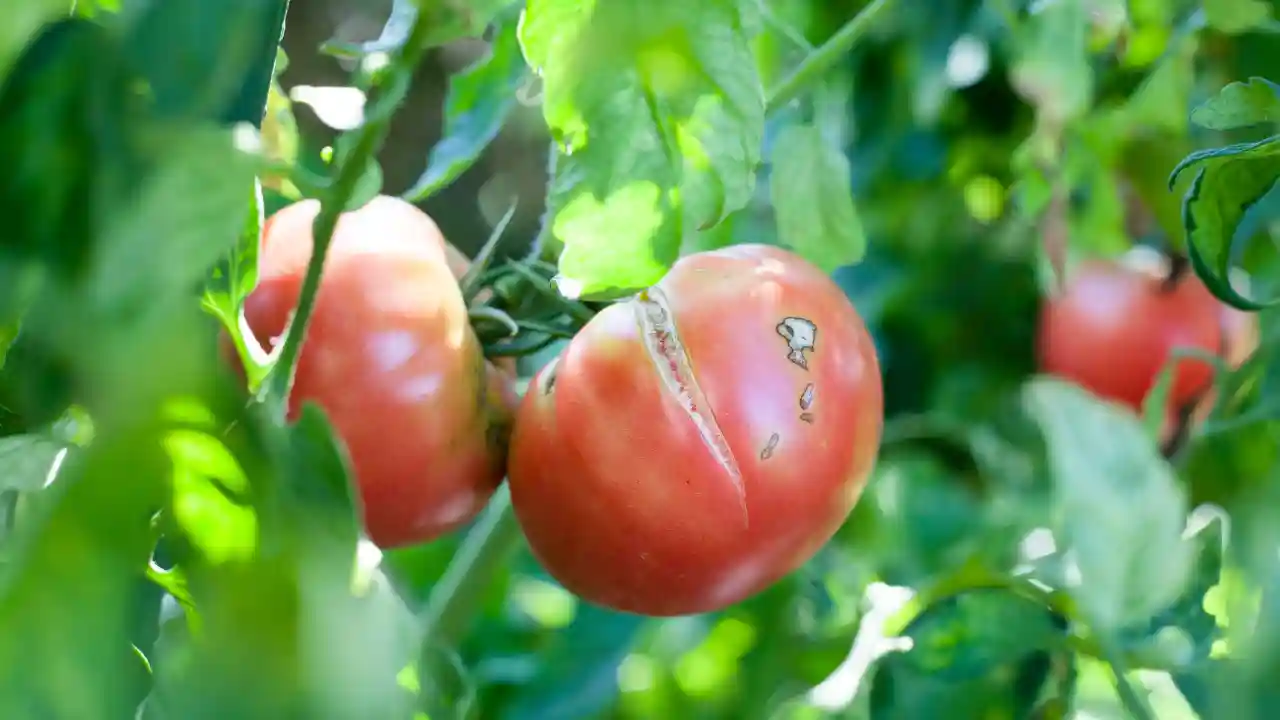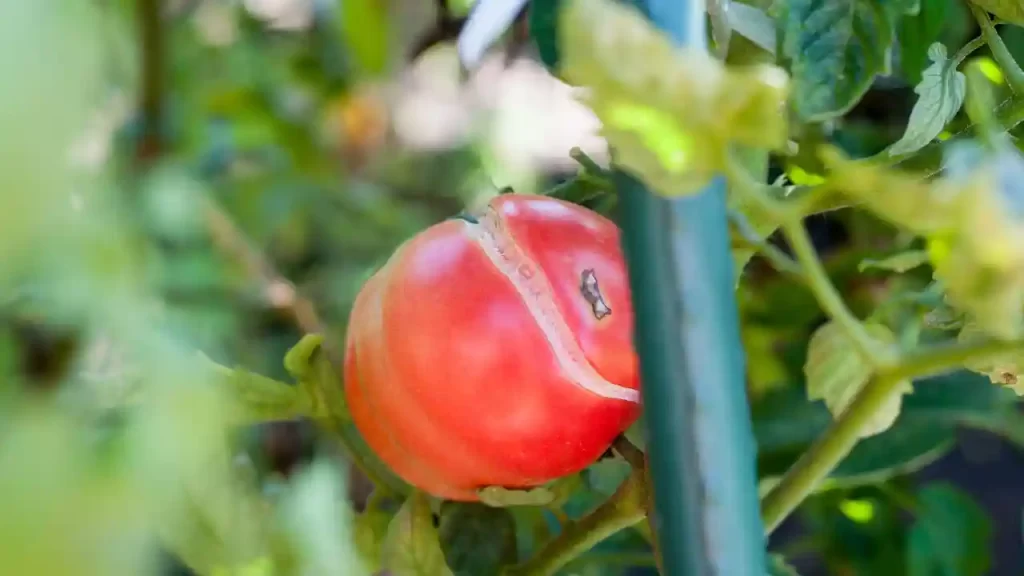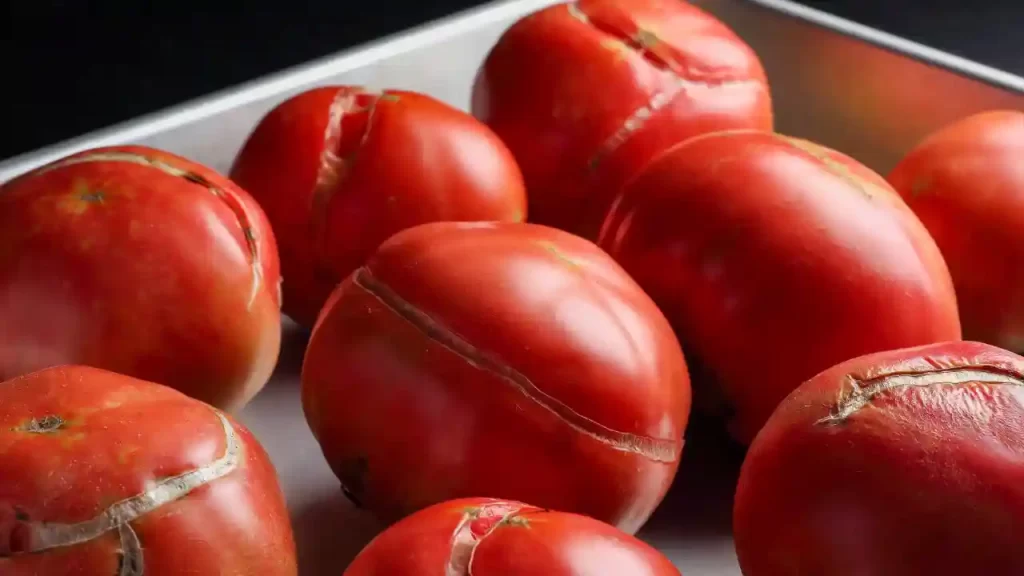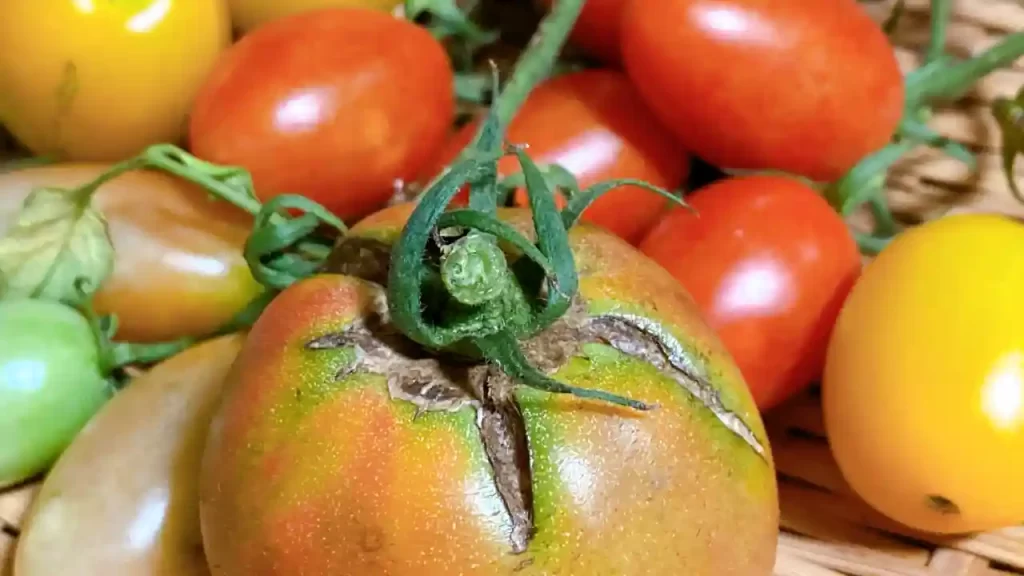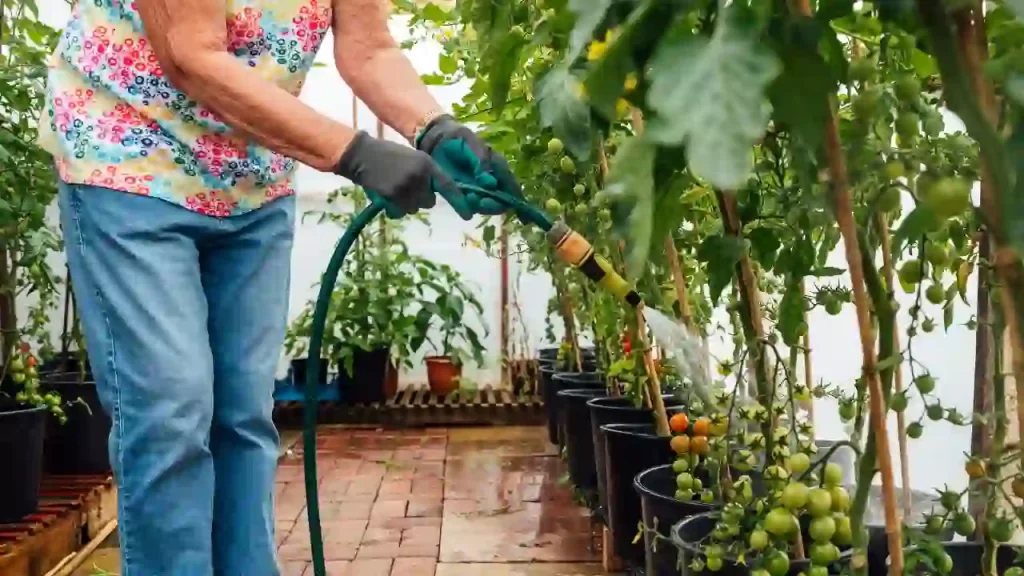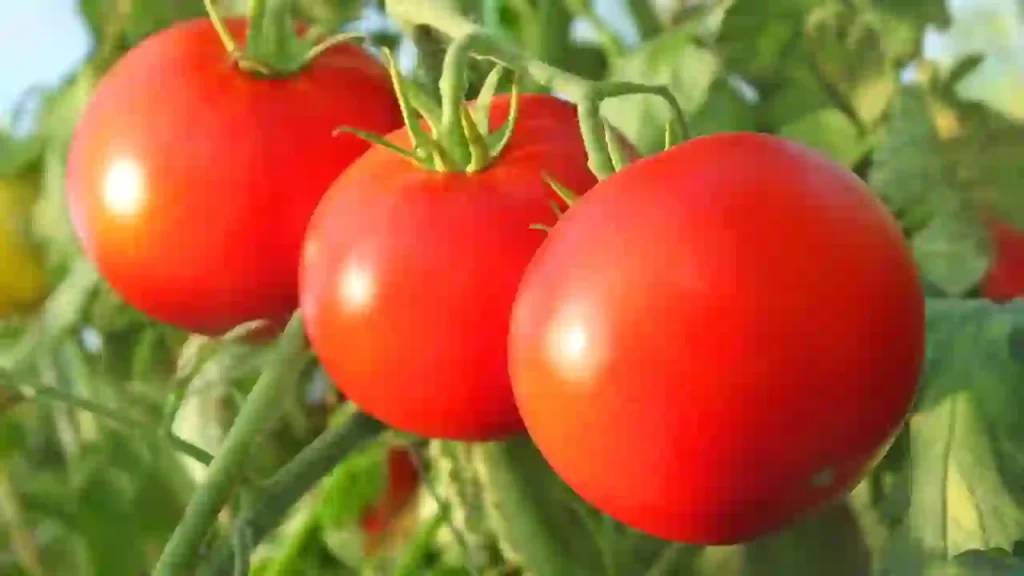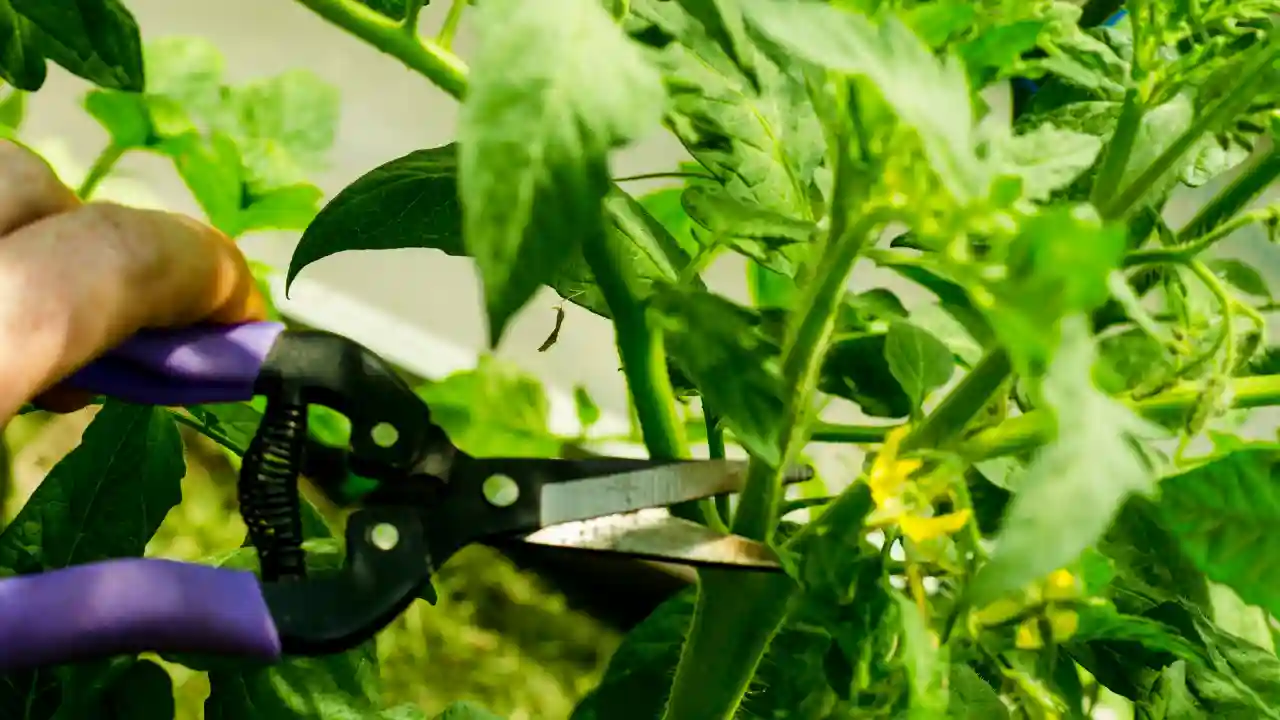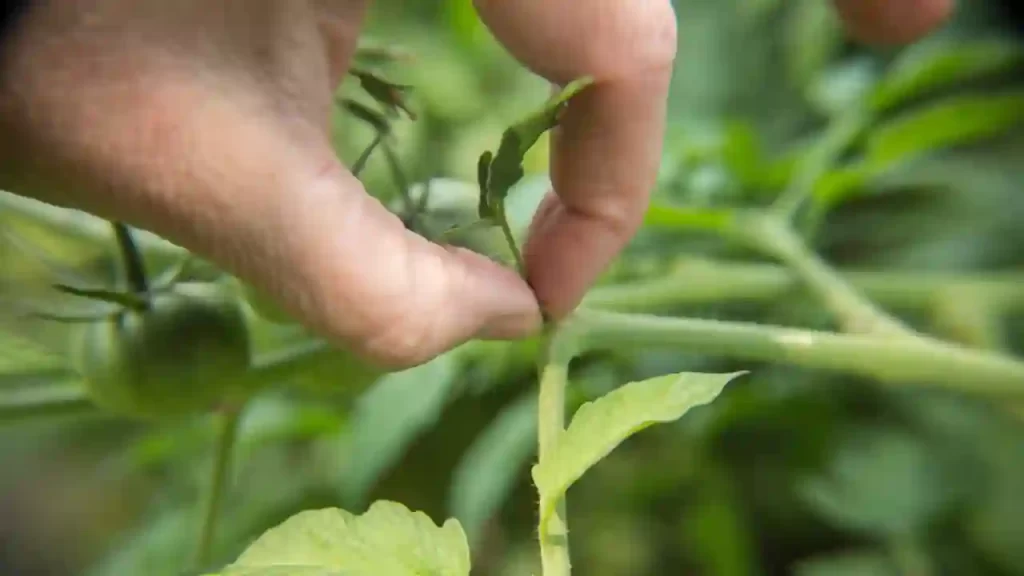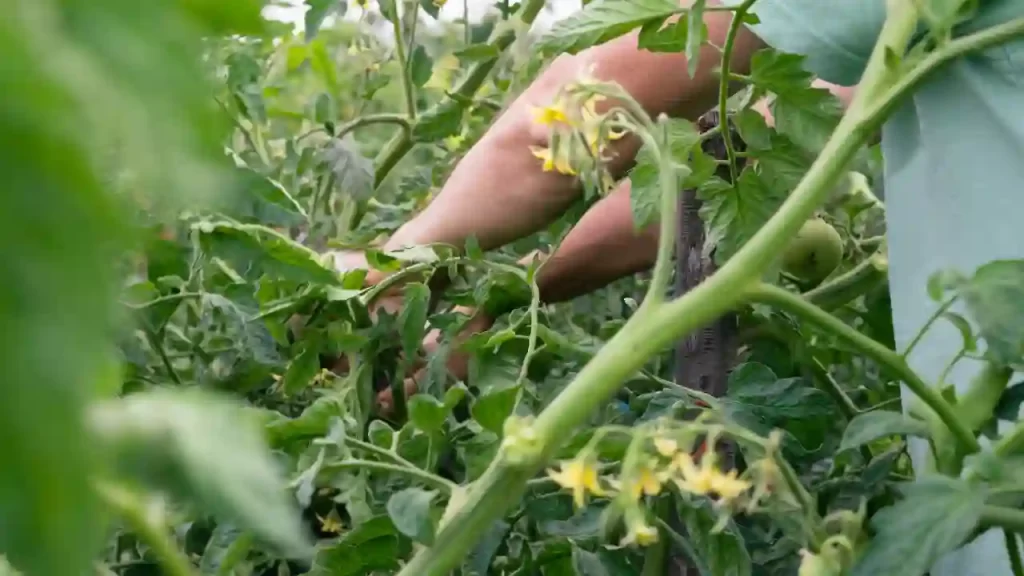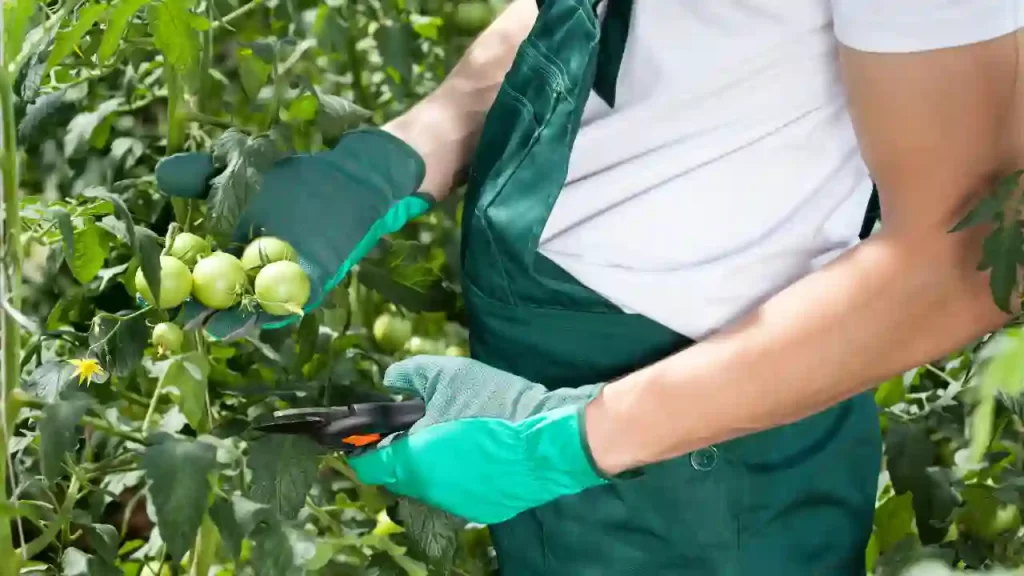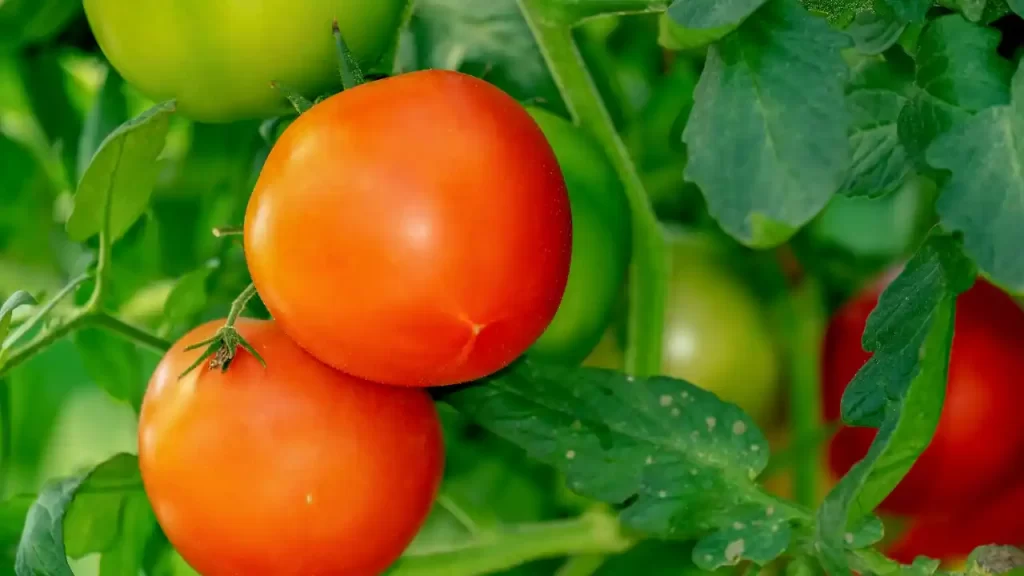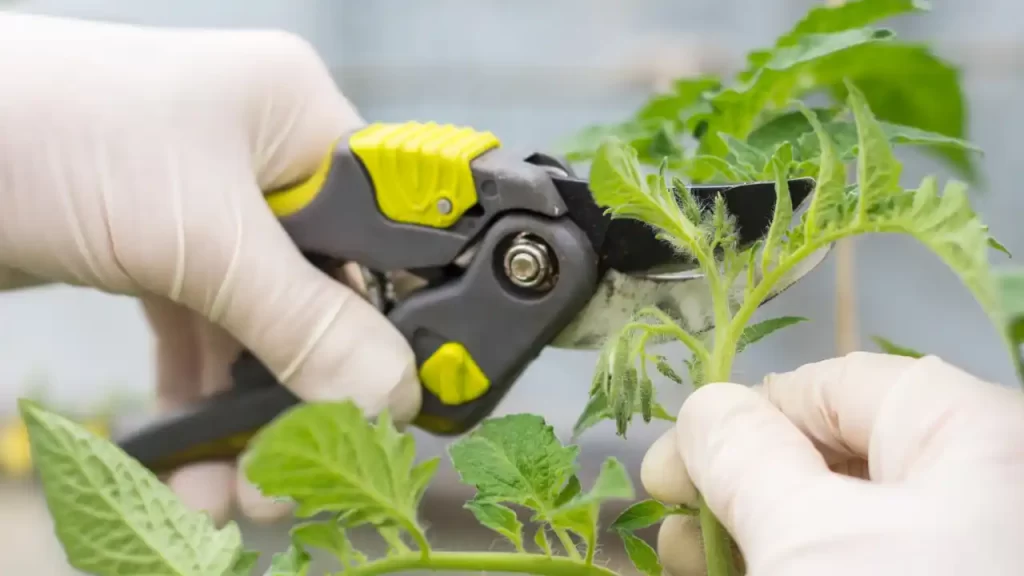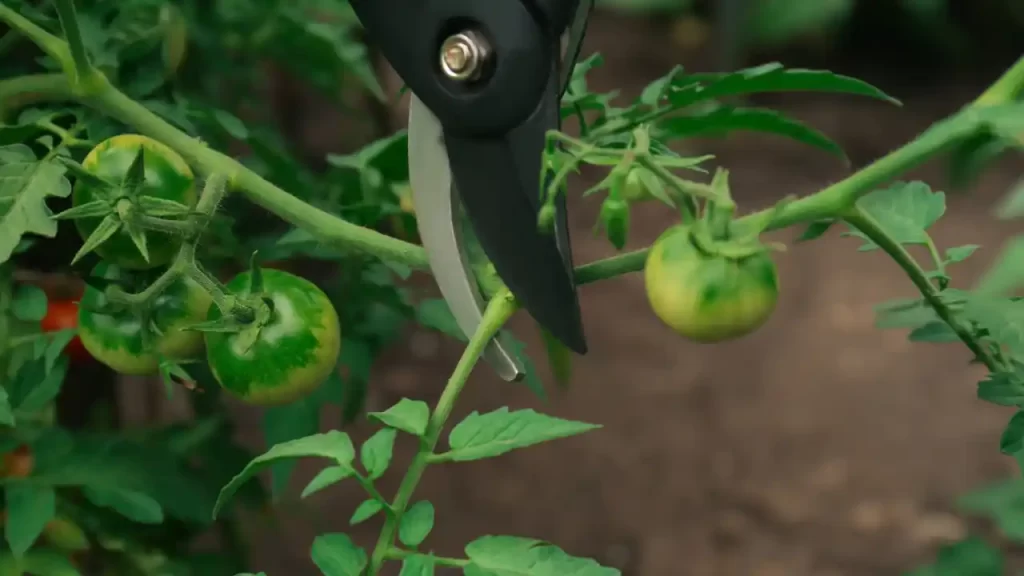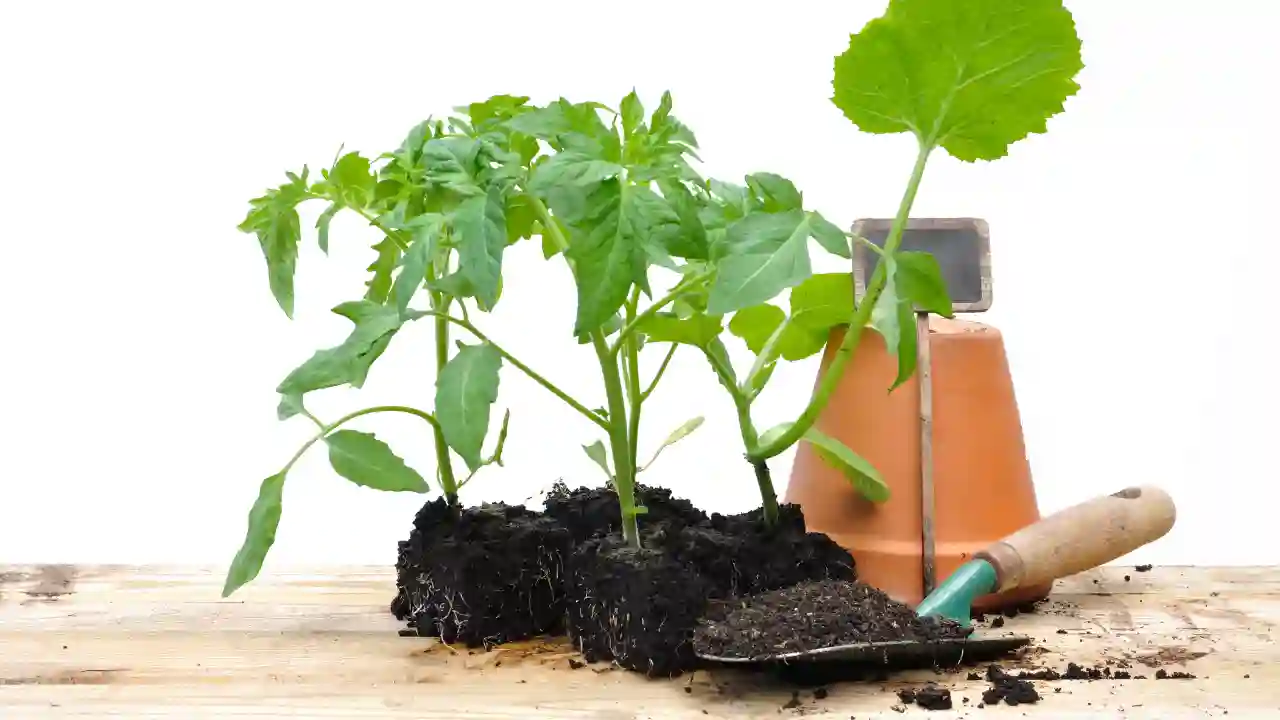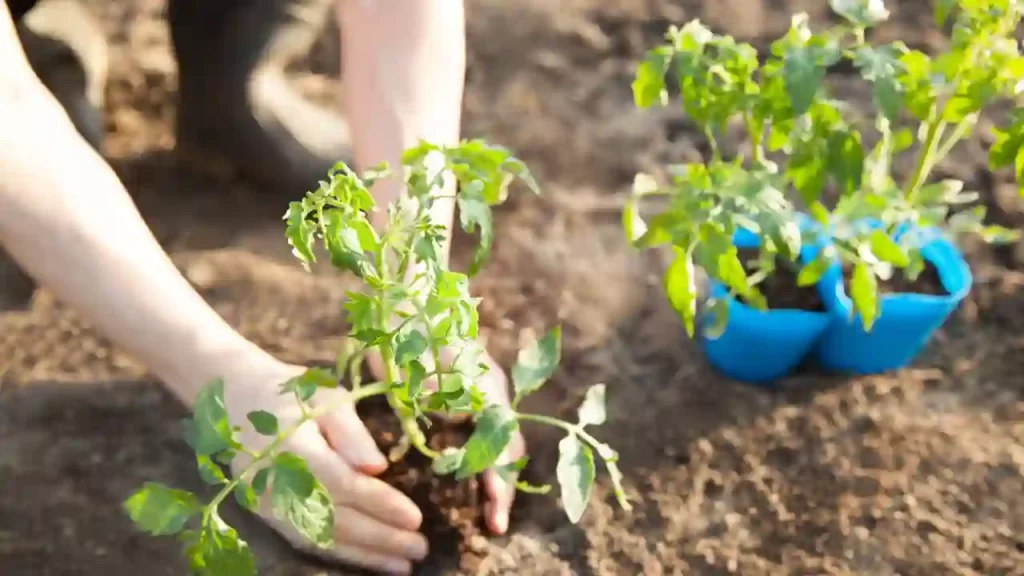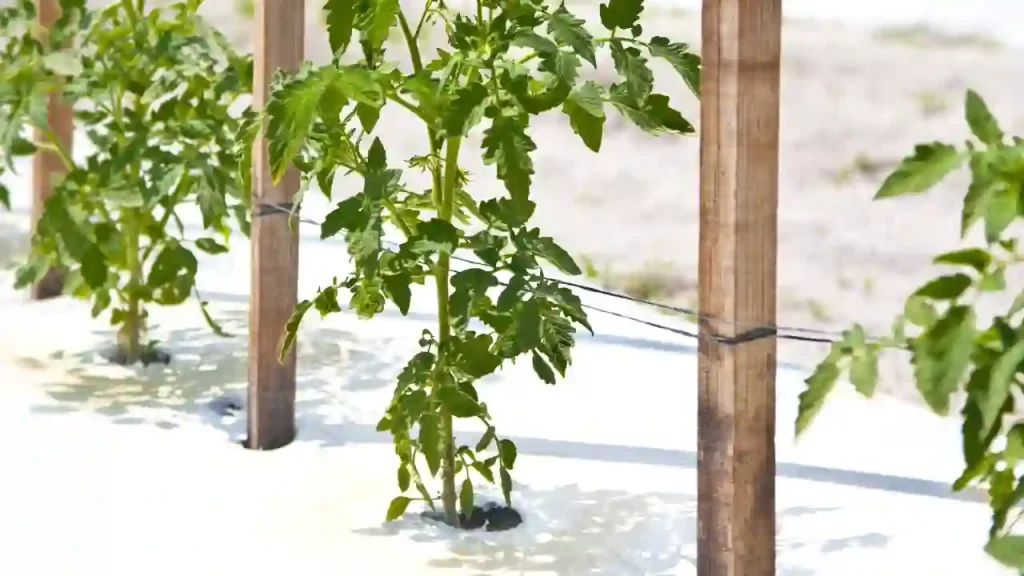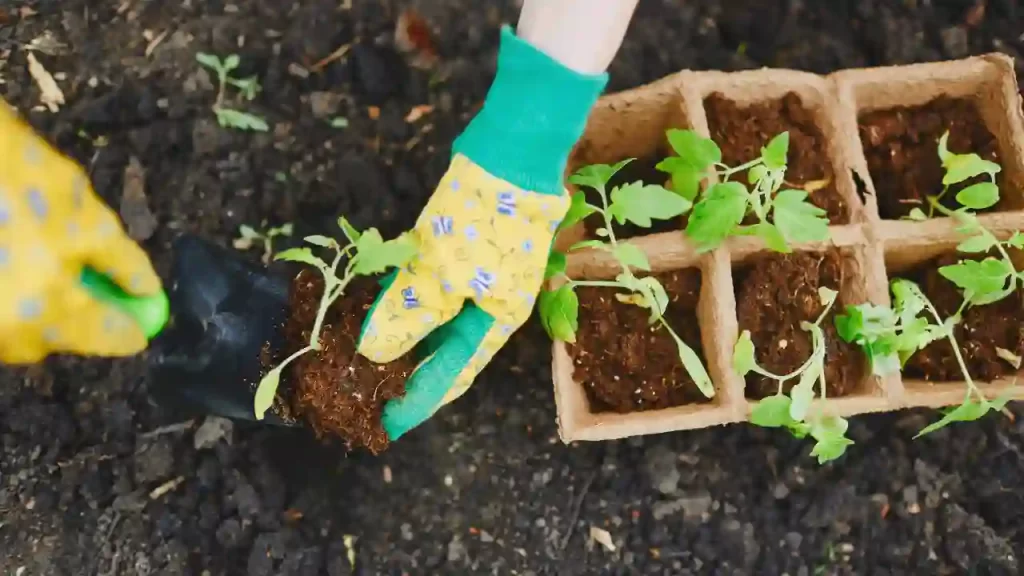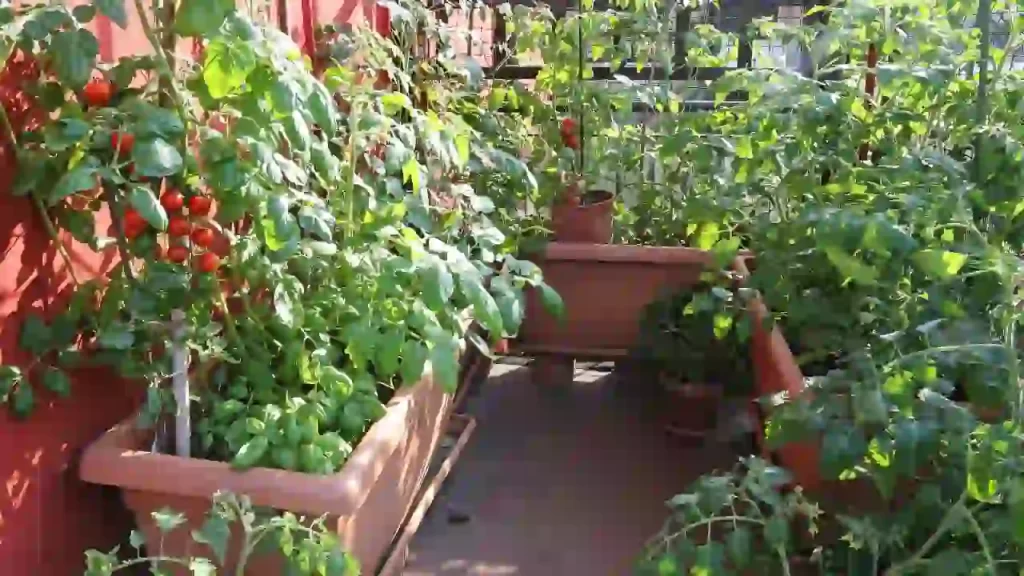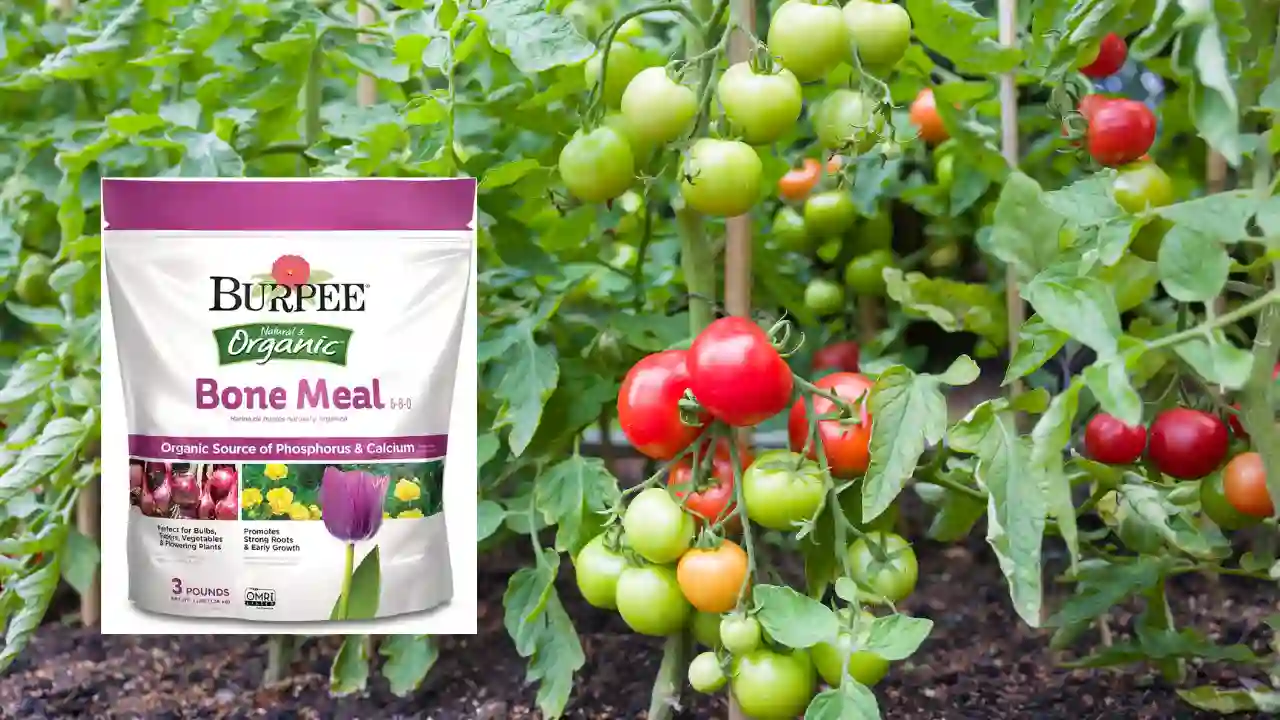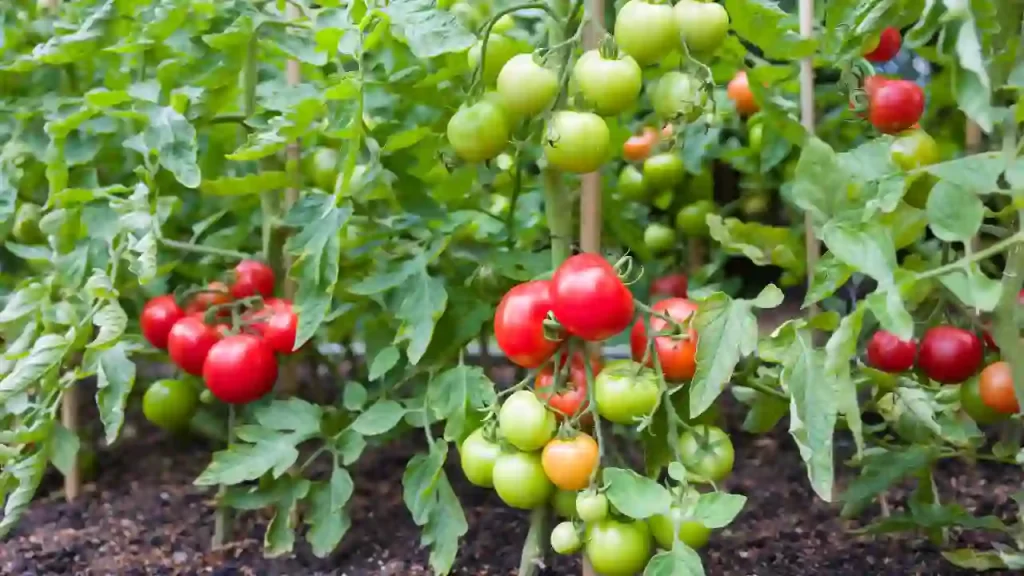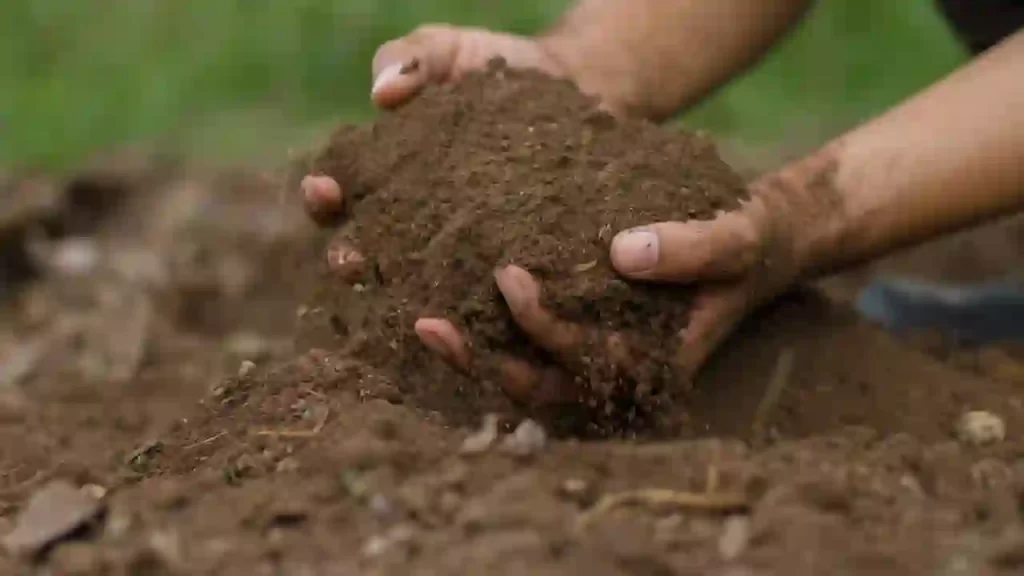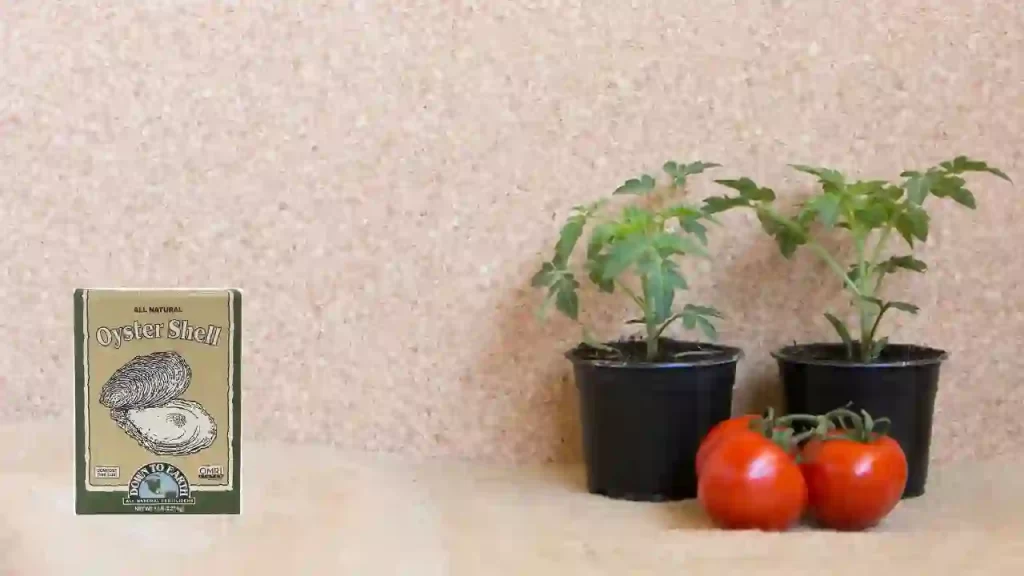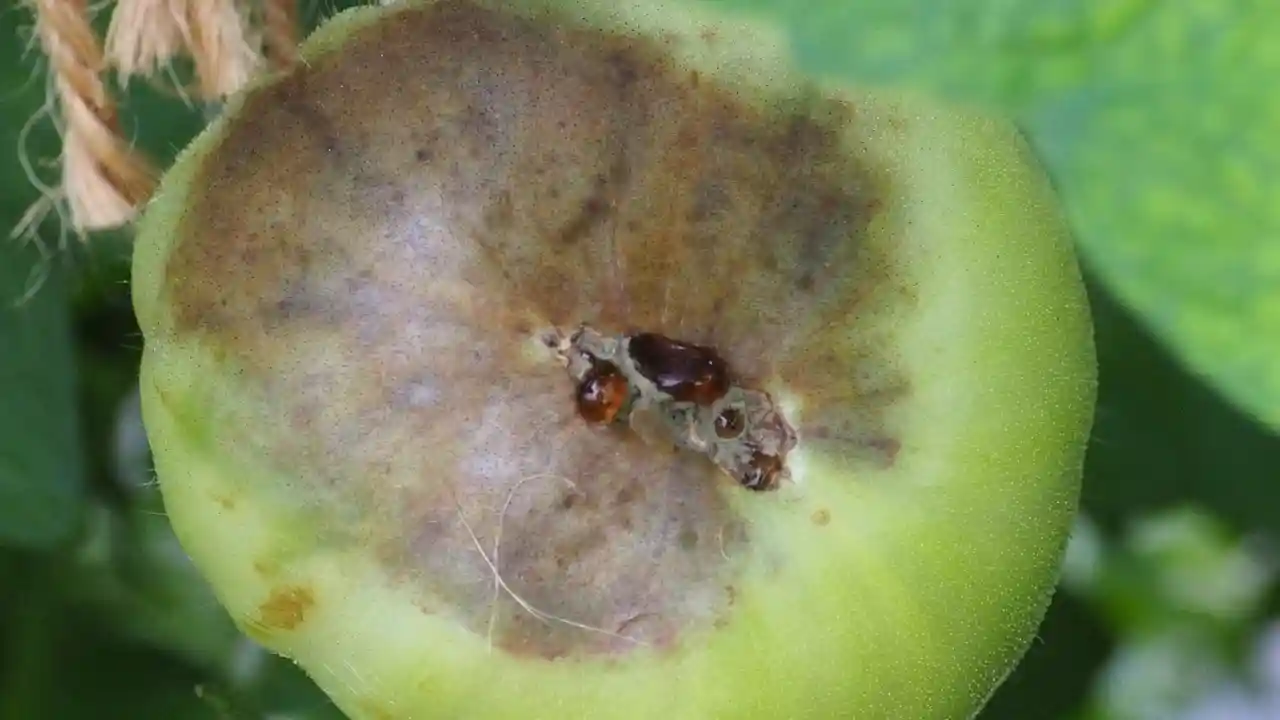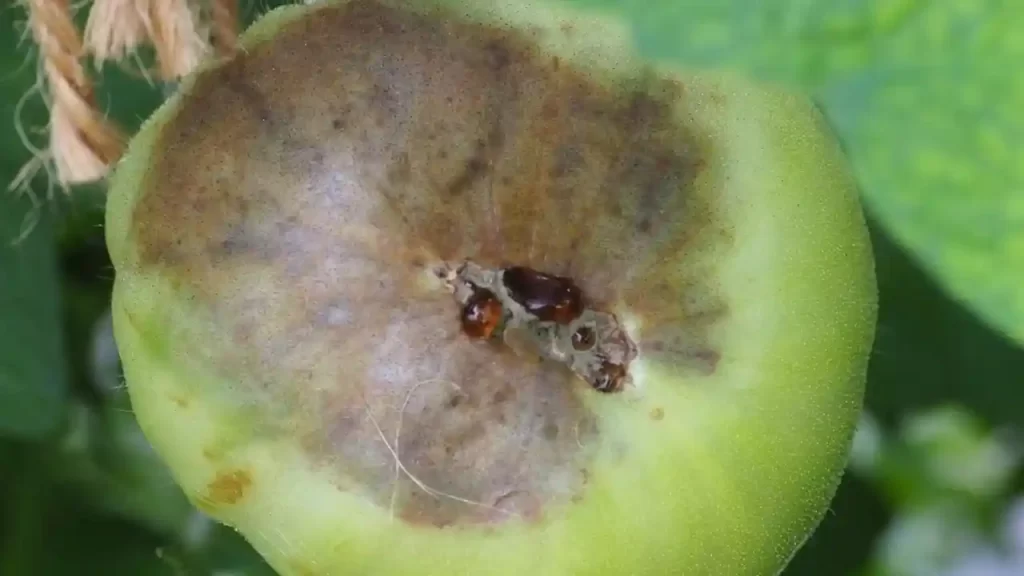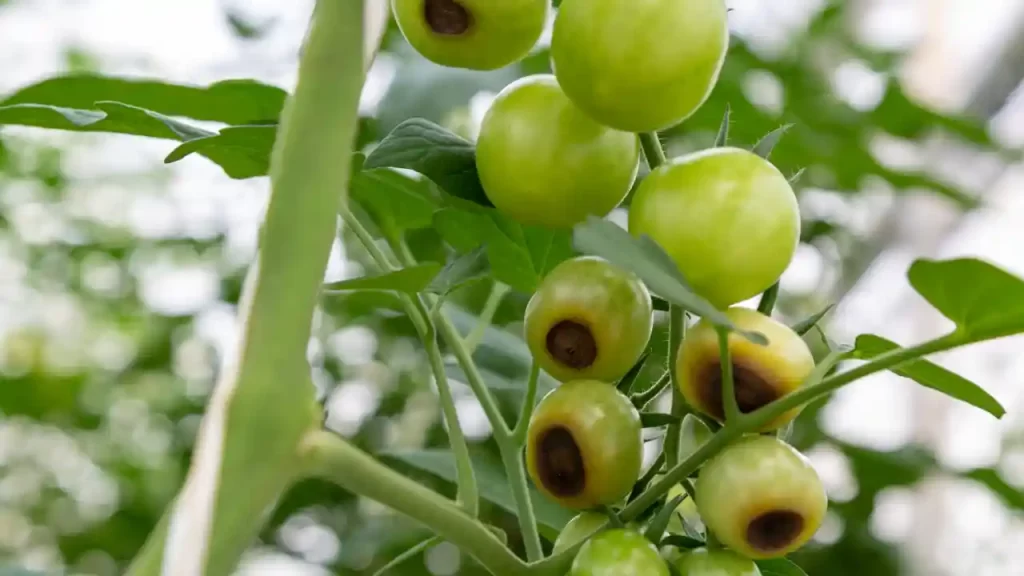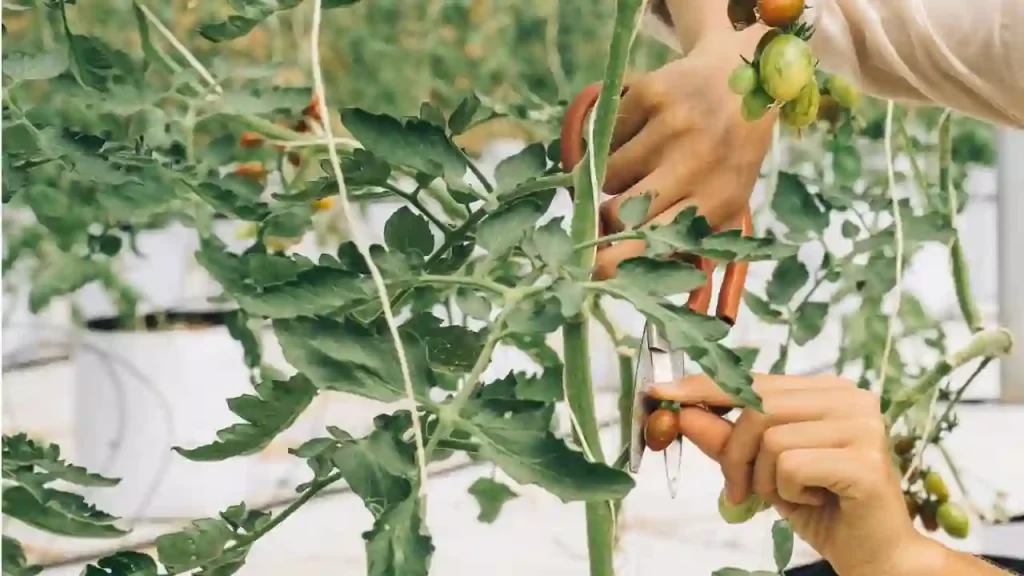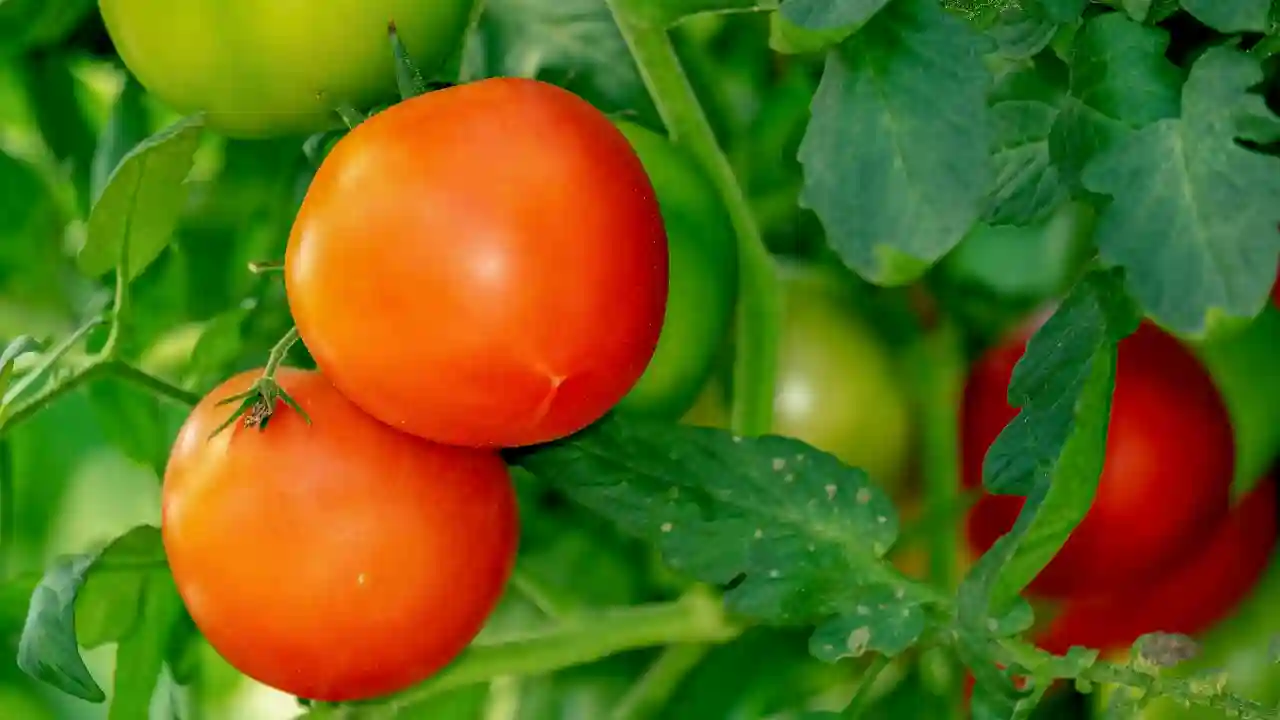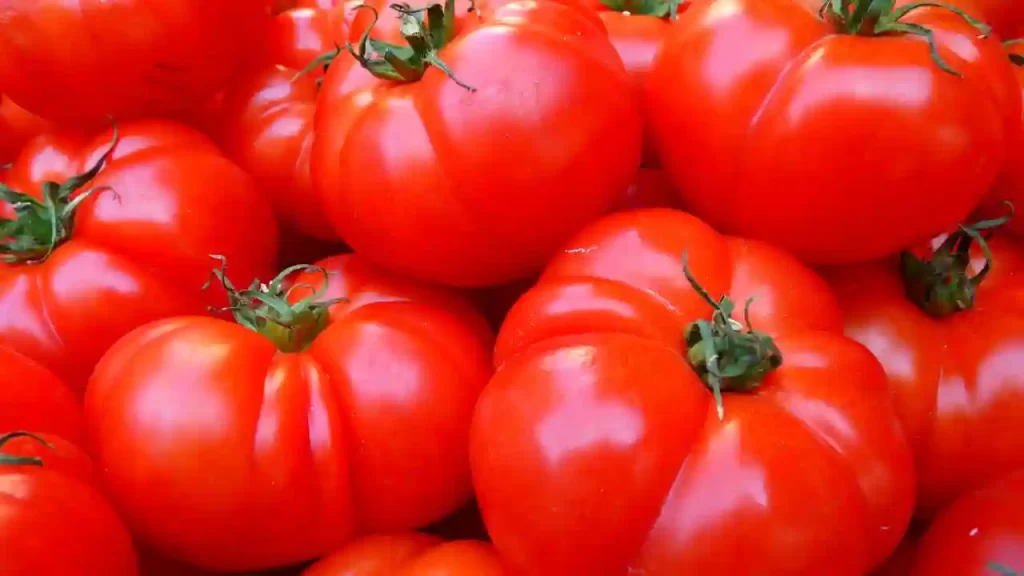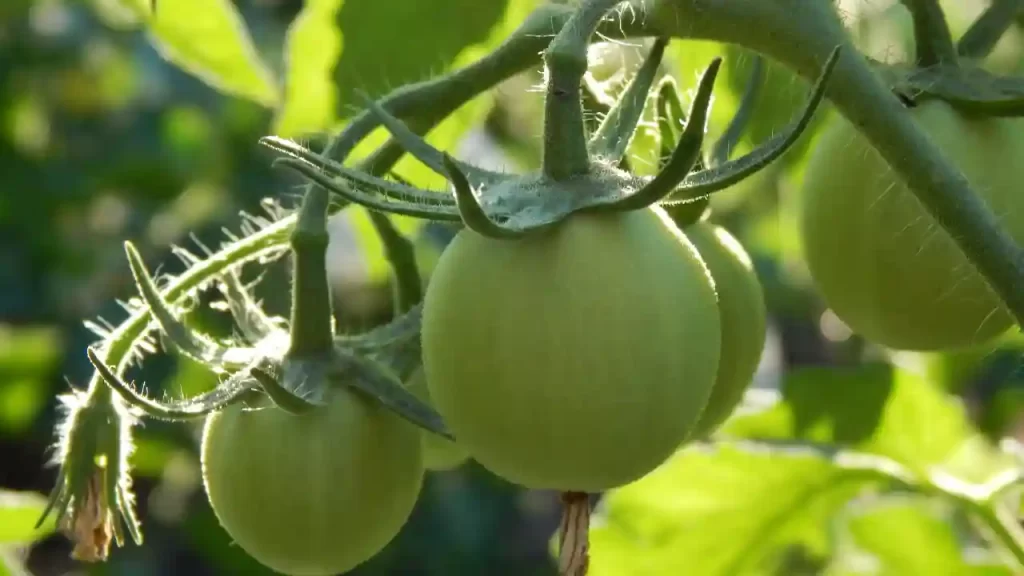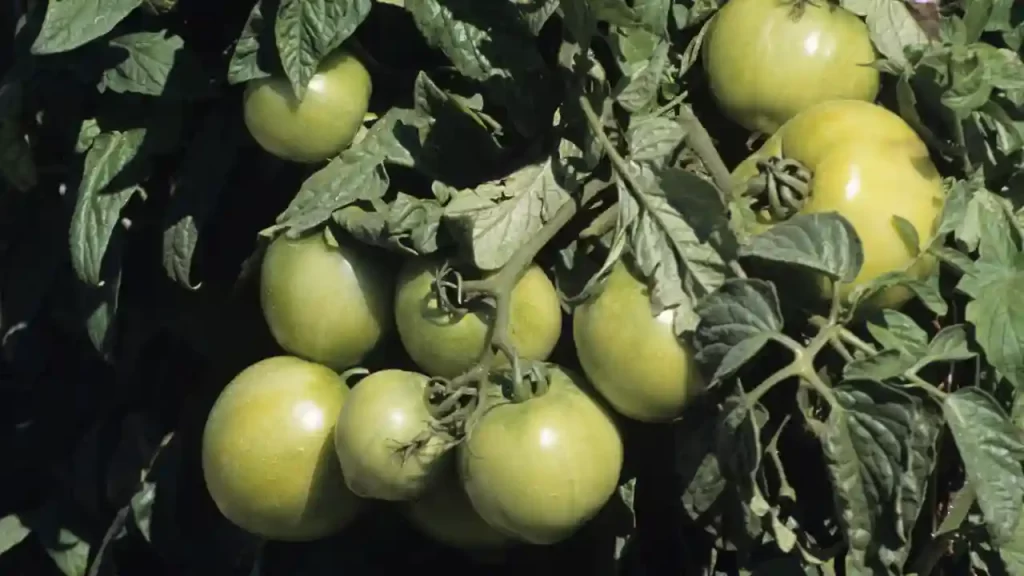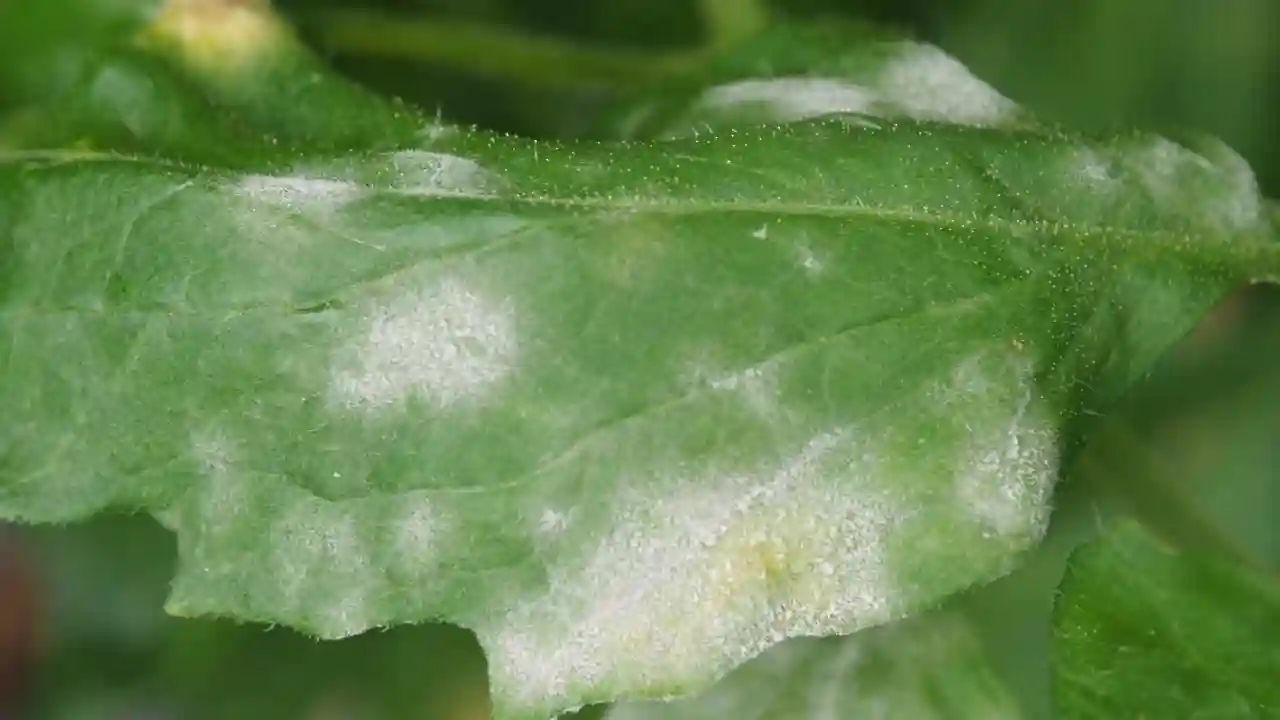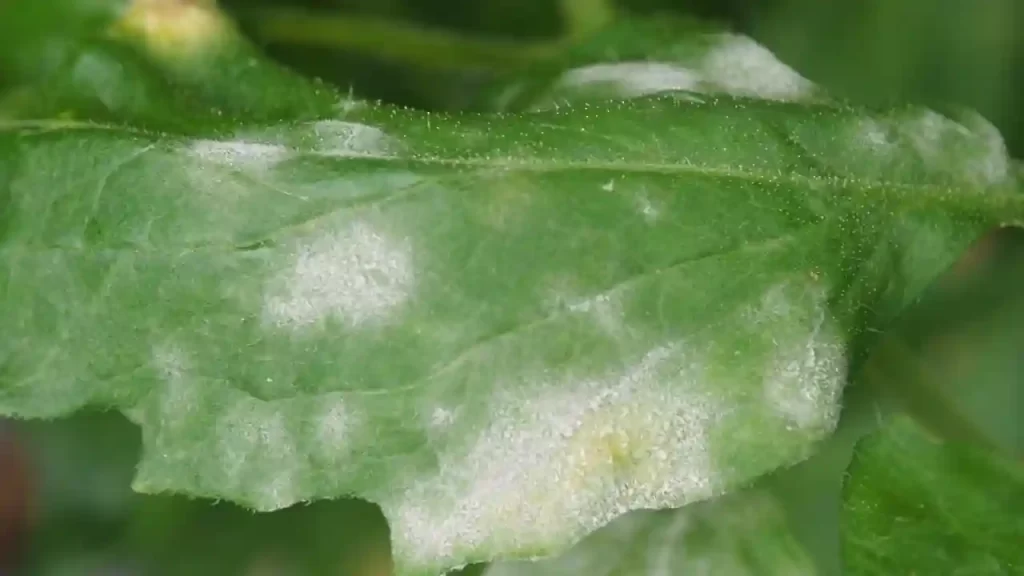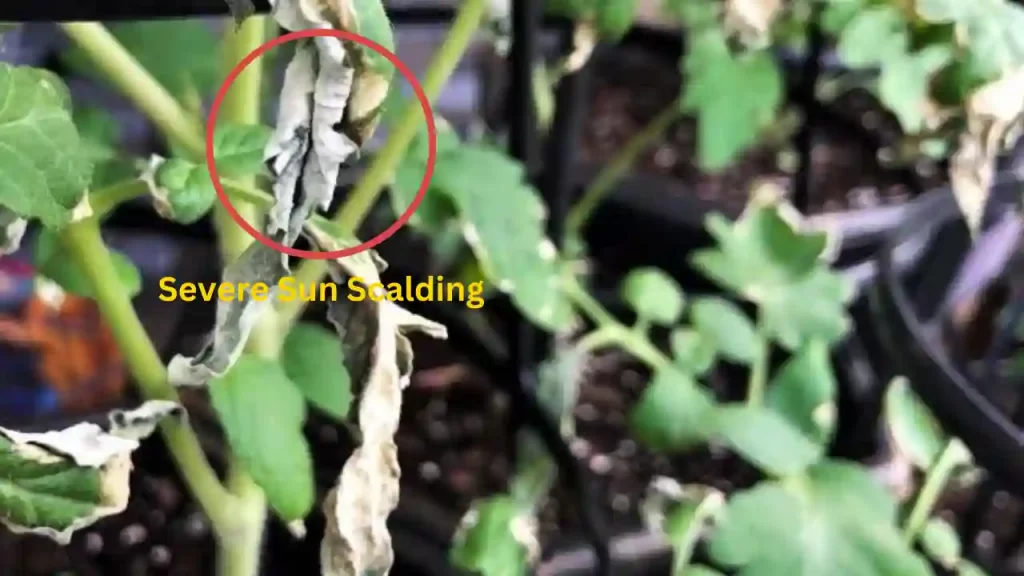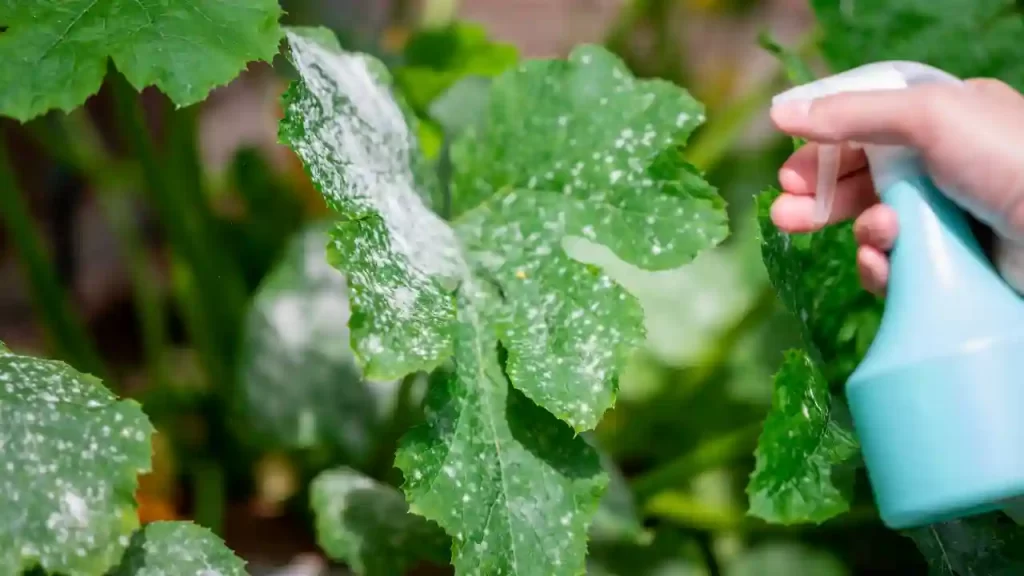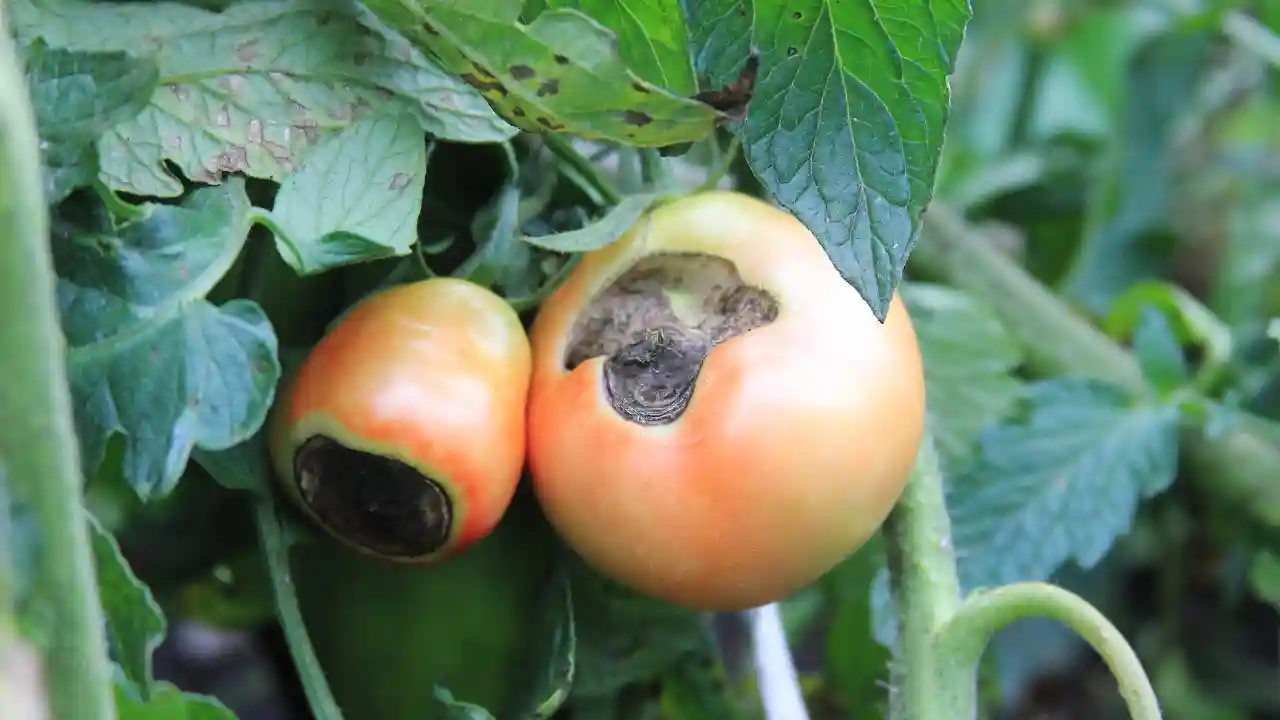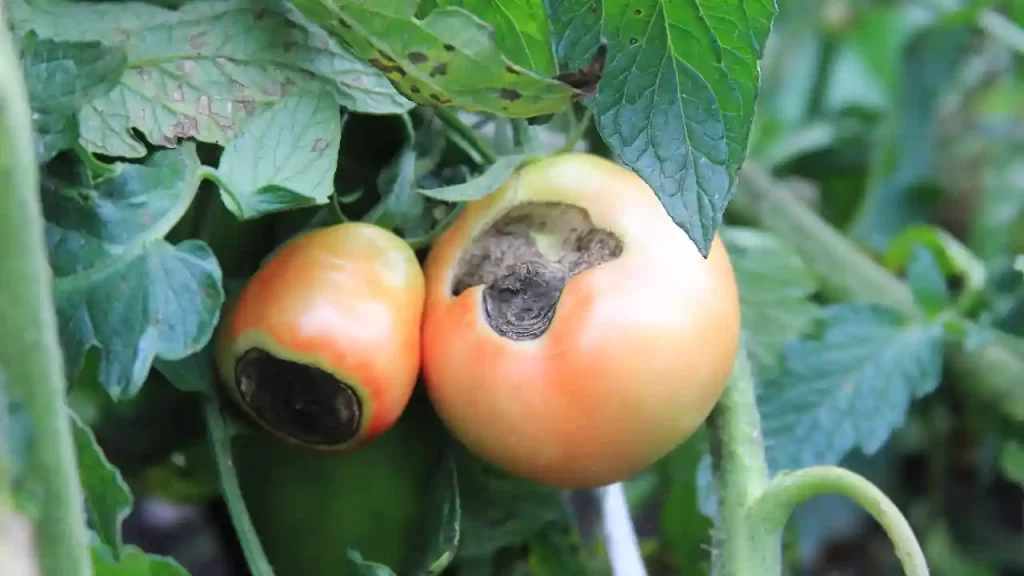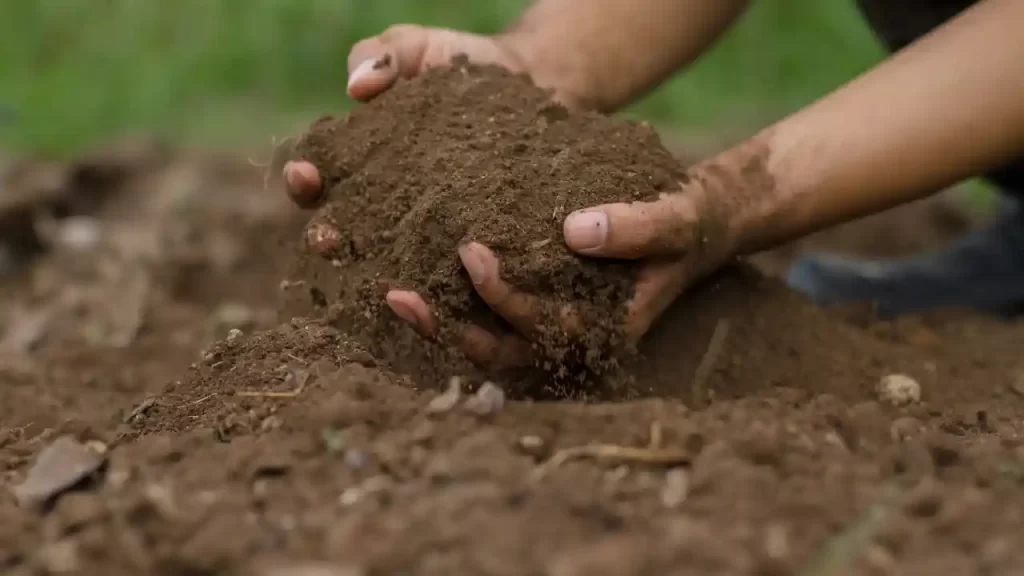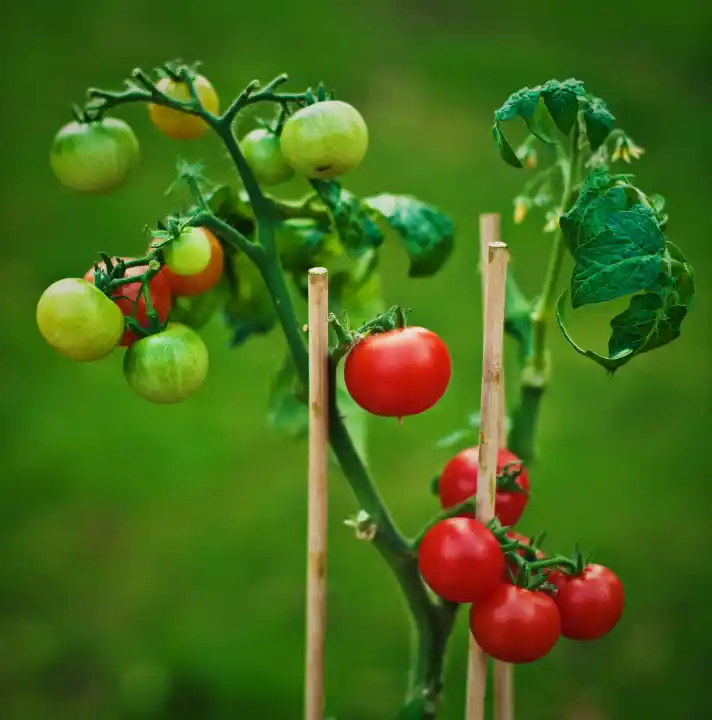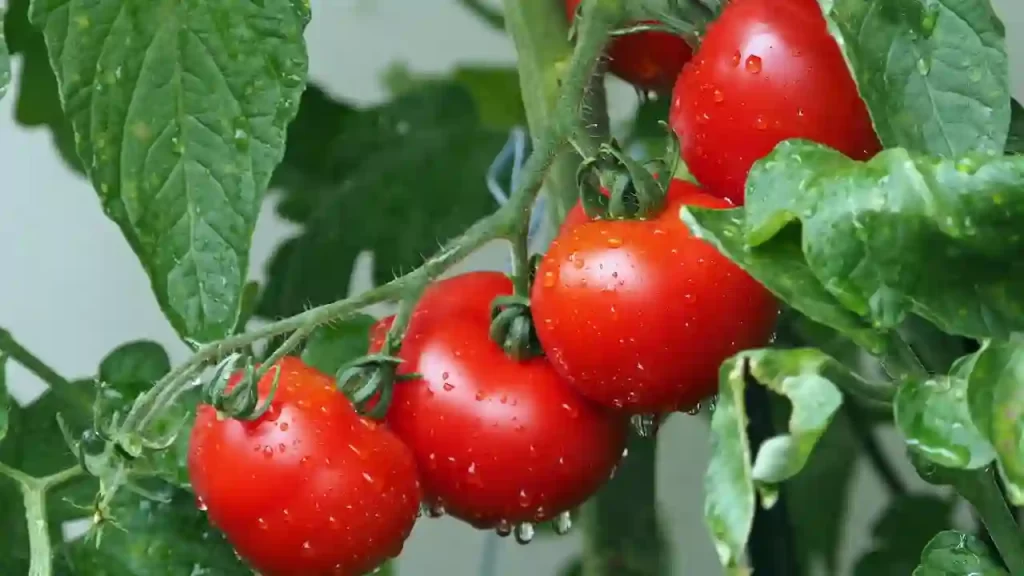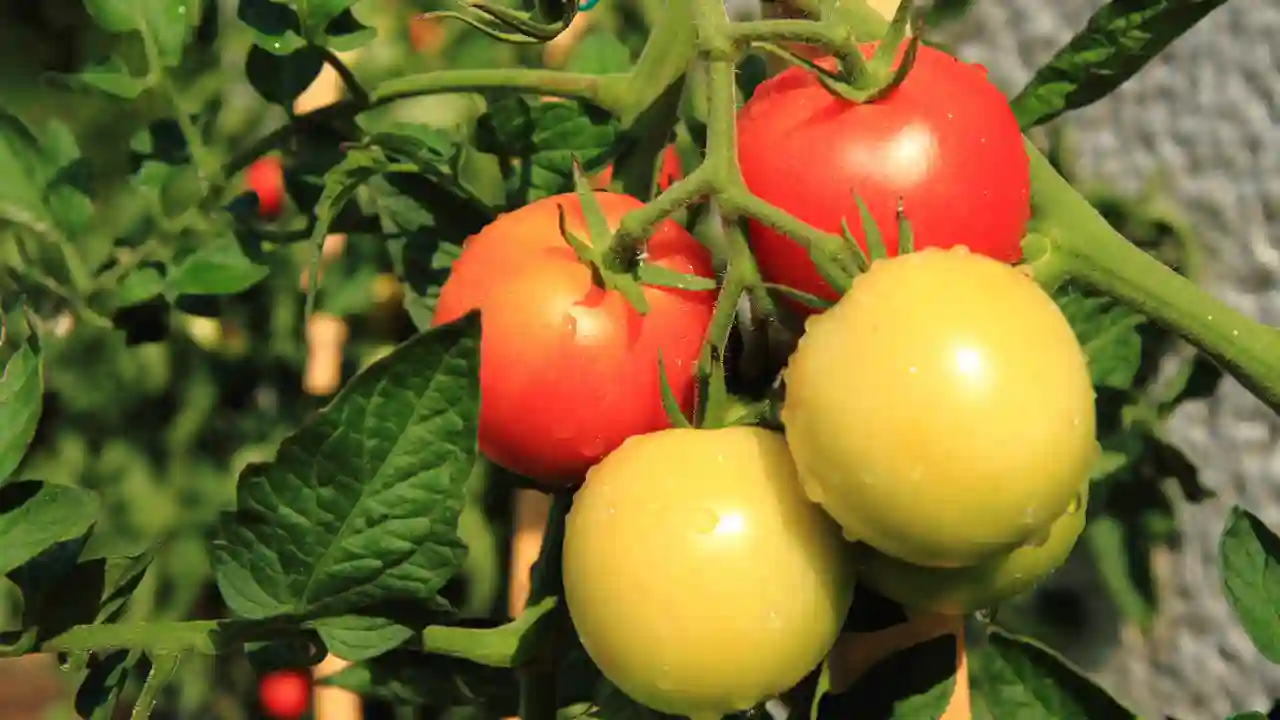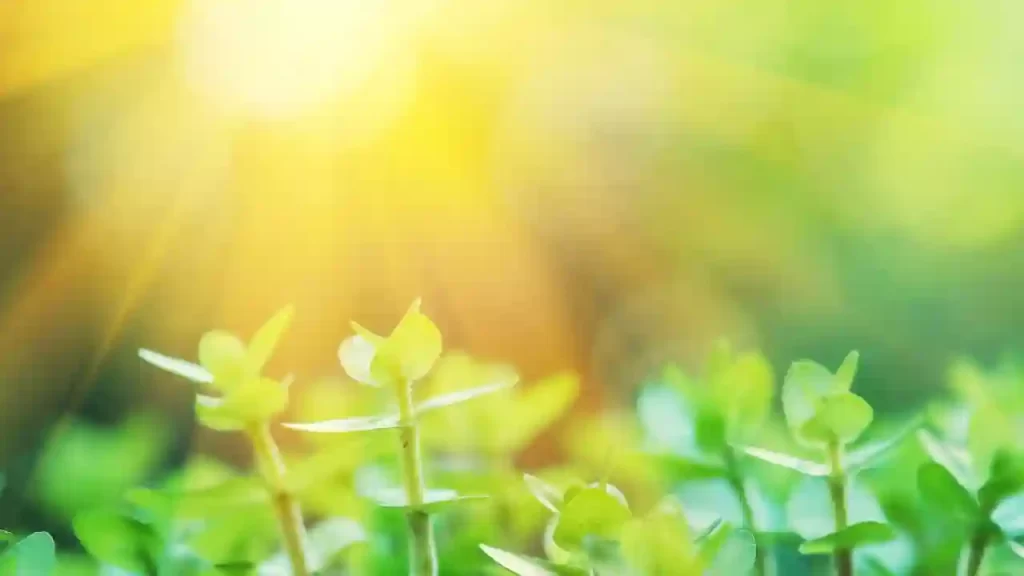It is heartbreaking for any gardener to see their tomato plants unable to produce fruits.
If your tomato plant is not setting fruit, try to identify the root cause behind it. Sometimes the plant produces flowers, but unfortunately, they are not pollinated, resulting in dropping them. The reasons behind blossom drop are unfavorable climatic conditions, too much nitrogen, over or under water, less nutrient soil, diseases and pests, and insufficient light.
In this article, I have discussed seven reasons why tomato don’t set fruit and how to fix this.
Why Tomatoes Won’t Set Fruit?
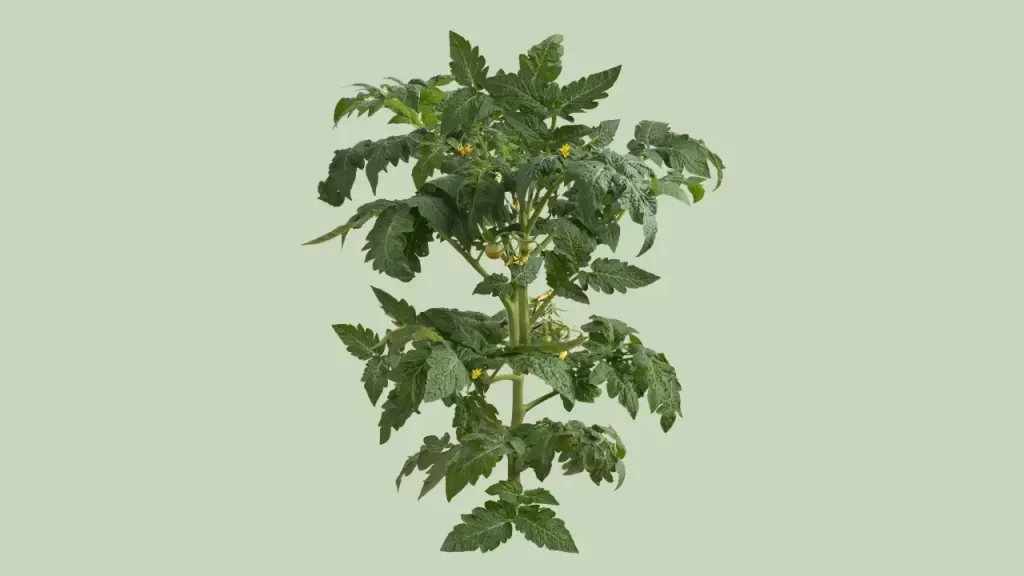
Unfavorable weather conditions and lack of pollination are the main reasons for not setting tomato fruits on the plants.
High temperatures and drought make tomato plants struggle to set fruits.
As per the College of Agriculture, Forestry and Life Sciences, “Tomato plants have complete flowers, meaning they contain both male and female parts within the same flower. The tomato flowers hang down in a cluster and are pollinated when shaken by movement such as wind.”
When the flowers cannot pollinate properly, they fall from the plant and die. Pollination is mainly affected due to high temperatures and drought.
The ideal temperature for a tomato plant’s growth is 70-85F. Temperature beyond or below leads to blossom fall. The best you can do during higher temperatures is properly irrigate your plant.
The tomato plant starts pollinating only when the temperature becomes moderate.
7 Reasons Your Tomatoes Aren’t Setting Fruit and How To Fix Them
Like any other plants, tomato plants require certain conditions to produce juicy and plumpy fruits. But if the plant won’t get a favorable environment, neither flower nor fruit is produced.
Below are the briefly listed problems with their solutions.
Lack of Pollination
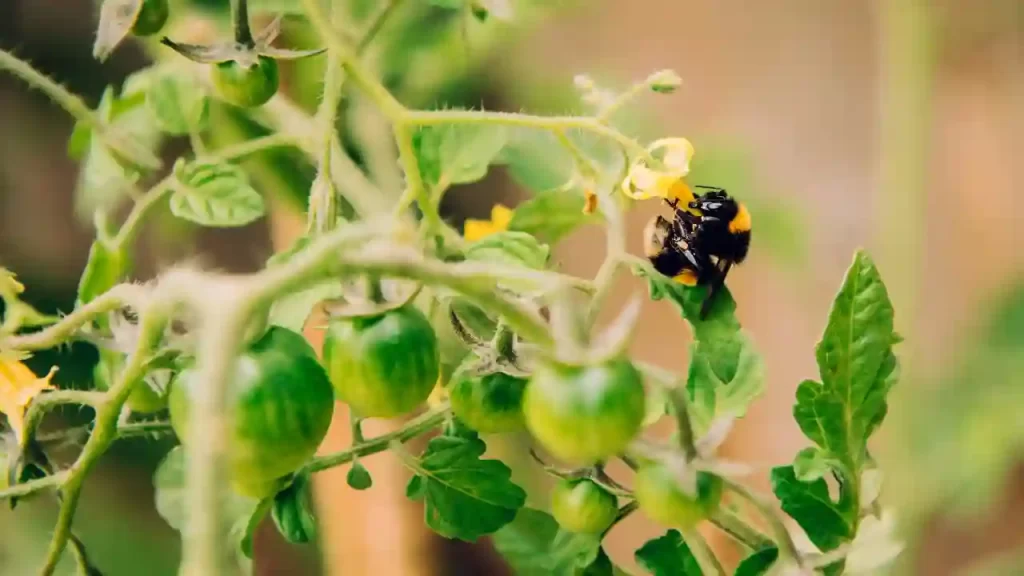
Bees, butterflies, and insects play an important role in the pollination of flowers. If you can see flies and insects in your garden, it signifies a healthy garden. Like other plants, tomato plants also require these flies and insects to complete the pollination process.
If you notice that tomato flowers are still yellow and are not transformed into fruits, it needs more food to attract pollinators; hence, the pollination process still needs to be completed.
Also, excessively hot (above 90 degrees F) or cold ( below 40 degrees F) climates can also negatively impact pollinators’ ability to complete the pollination process.
Sheltered or greenhouse tomato plants struggle for good airflow, which is needed for pollination. Keep your indoor tomato plants in such an area where there is good airflow,
How To Fix
There are numerous ways to fix the pollination issue:
Hand Pollination: Hand pollination is quite an effective technique used to stimulate the pollination process of tomatoes. You can perform this on warm sunny days.
All you need to do is shake the flowers with your hand or pencil. Using a powered toothbrush is a better option to pollinate them. Its vibration acts similarly to create the buzz of bees.
Tomato blossoms have both male and female parts to be self-stimulated. You should repeat the process daily for 2-3 days, and it will resolve the pollination problem.
You can watch the below video of hand pollination for better clarification.
Importing pollinators:
If you lack pollinators in your garden, you can easily import pollinators such as bumble or mason bees from garden stores and release them in your garden.
But you need to plant flowers in the garden to stick the insects and bees in your garden.
I prefer planting Bee Balm, Goldenrod, Basil, and marigold to attract pollinating insects in my garden. In this way, you can maintain the food sources for pollinators, and raising native honey bees is also the best option.
Lack of Fertility
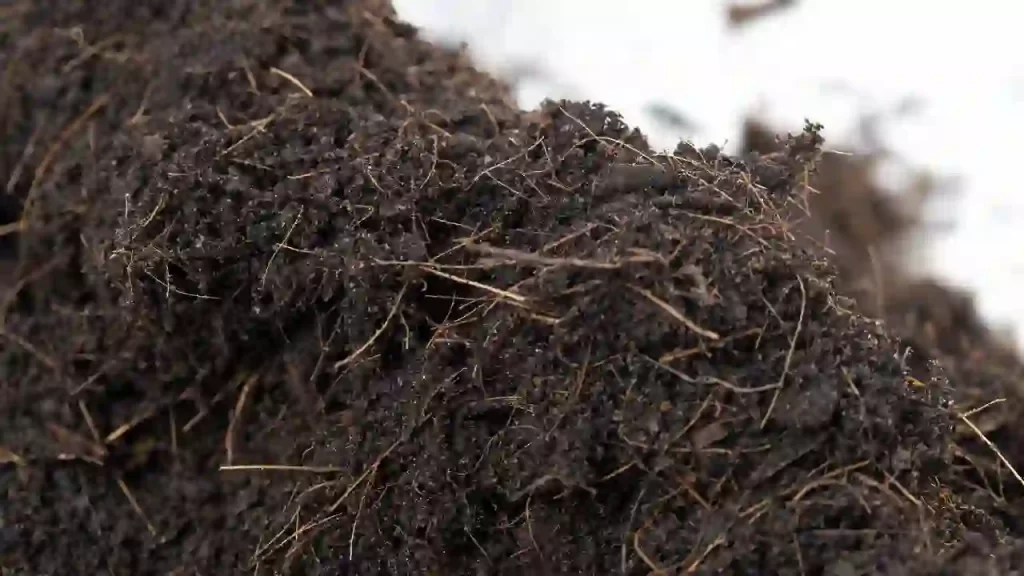
Nutrition is the main food of tomato plants. Thus lack of fertile soil affects the tomato fruit production of the plants. Potassium and phosphorus are mainly responsible for tomato production.
Potassium helps form flowers, and phosphorus is needed for tomatoes’ high yield and ripening. Using fertilizers rich in potassium and phosphorus can increase the production of fruits in plants.
You can complete the potassium deficiency using quality compost, rotten manure, hardwood rock powder, etc., and you can fulfill phosphorus deficiency with manure-based compost—fish bone meal, rock dust, etc.
How To Fix
At the flowering stage of tomato plants, avoid using nitrogenous fertilizers; instead, potassium and phosphorus fertilizers are used to enhance the fruiting ability of the plant. I prefer using organic kelp fertilizers biweekly to enhance the nutrition level in the soil.
If you use organic fertilizers and compost at the beginning stage of the plantation, you won’t face nutrient problems.
Too Much Nitrogen
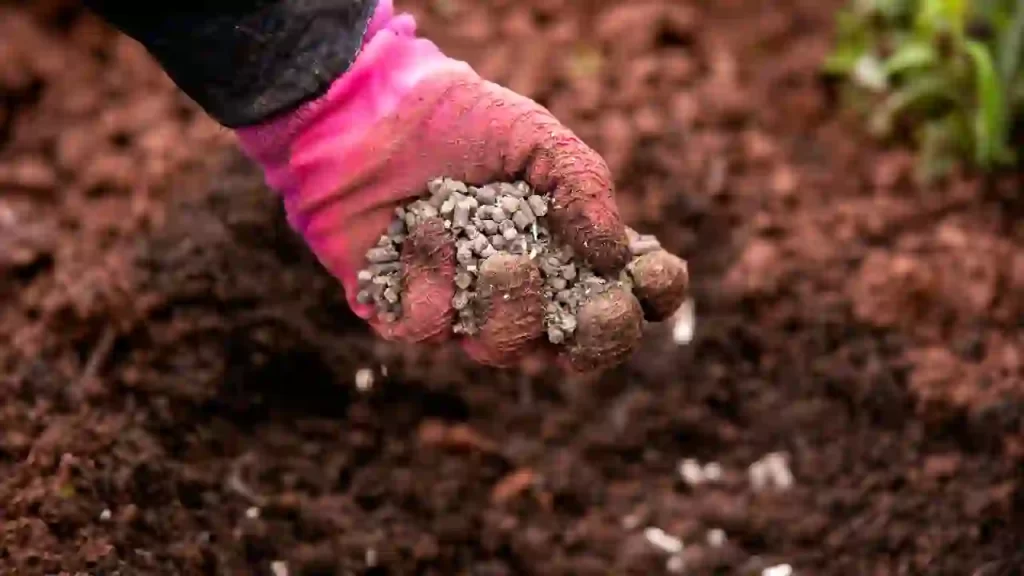
If you identify your tomato plants as healthy and lush but struggle to produce fruit on them, there might be some fertility issues. If large leaves are there on the plant, but fruiting is not taking place, then it has too much nitrogen.
Though nitrogen is very important for tomato plants, too much nitrogen can create fruiting issues.
Excessive leaves are developed due to high nitrogen content in the soil, and the maximum energy of the plant is wasted in producing leaves only, and the plant ignores the setting of the fruit or leads to poor fruit development.
How To Fix
Nitrogen is necessary to plant tomatoes, but a high dose of nitrogen impacts the fruiting of tomatoes. Always use a small amount of nitrogen while on a plantation. If organic fertilizers are used at the plantation stage, they will deliver a very low and feasible amount of nitrogen to the plants and can take care of the danger of nitrogen overdose.
If your plant is already nitrogen overdosed, give your tomato plant ample water to get rid of the excessive nitrogen issue. The use of Carbon Rich Mulch helps suck excess nitrogen from the soil.
Drought or Overwatering
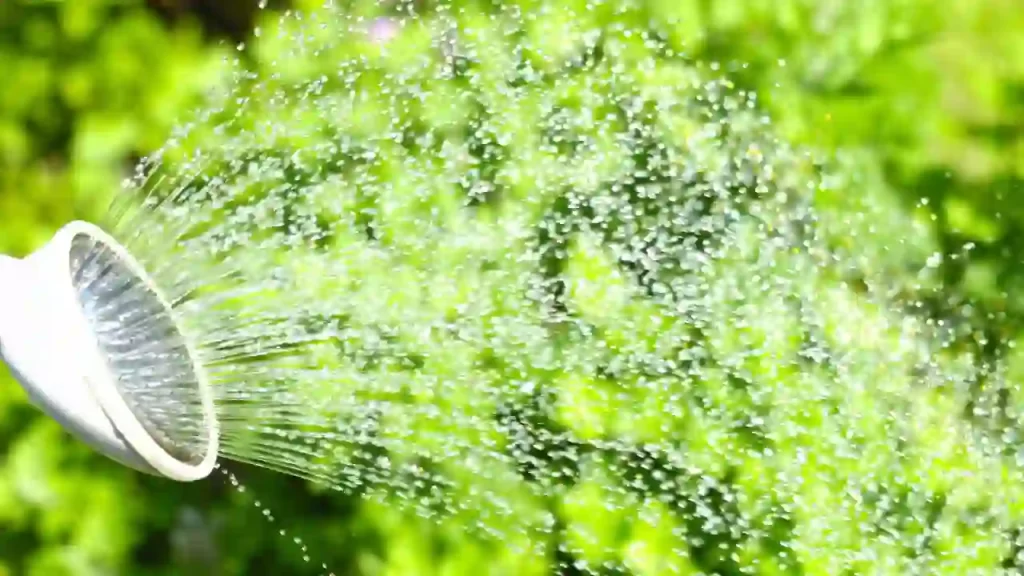
Tomatoes’ main ingredient is water, as they contain almost 90 percent of water.
They need plenty of water to complete the process of fruiting from flowering.
However, drought can create water stress in the plant, resulting in blossom dropping, and the plants affected by drought may look wilt or yellow.
On the other hand, overwatering also creates some serious issues like root decomposition, attracting various diseases and pests, which is enough to damage your precious tomato plants.
Due to overwatering, the roots are soaked into water and incapable of delivering the required nutrients and water to the plant, impacting fruit production.
The leaves of the plant would look yellow or brown.
How To Fix
The thumb rule for watering your tomato plant is deep your dry finger in the soil (1.5 to 2 inches) and check if the soil is dry.
And if your finger is moist, you must wait to water them. Your tomato plants need 1 inch of water weekly.
You need to be extra cautious about watering them when there is a rain shortfall.
Blossom End Rot happens mainly because of inconsistent watering.
Always use straw or leave mulch to maintain good moisture in the soil.
Tomato Diseases
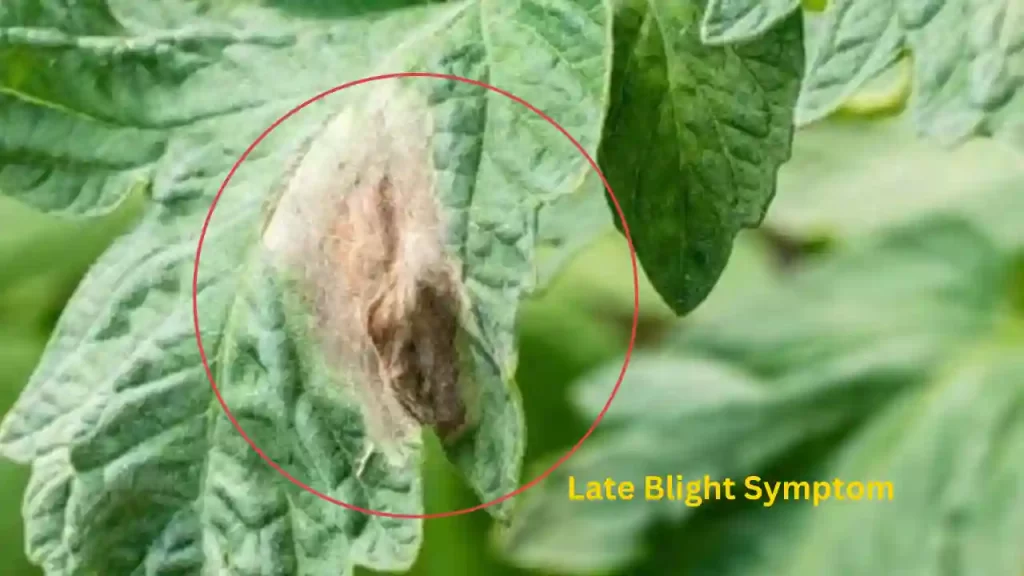
Plants impacted by diseases and pests would obviously be unable to produce fruits. The plant become too stressed to produce fruit on it.
The fungus and bacterial disease worsen the situation and even become the vital reason for even death of plants.
The common and dangerous tomato plant diseases are late blight, powdery mildew, and white mold. These diseases result in tomato plants’ death if action is not taken at the early stage.
How To Fix
It is very difficult to treat infected tomato plants. So “Prevention is Better than Cure” suits best here. Always care for your plant in such a way, so they never get caught by any diseases.
Use the below steps.
- Always choose nutrient-rich soil at the stage of the plantation to growing tomatoes.
- Direct exposure to sunlight at least 8-10 hours per day keeps the plant healthy and disease free.
- Avoid overwatering and use the correct watering technique for your tomato plant.
- Proper spacing between the plants and good airflow leads to healthy tomato plants. Drip irrigation and soaker hoses are best to use for watering the plant.
Insufficient Light
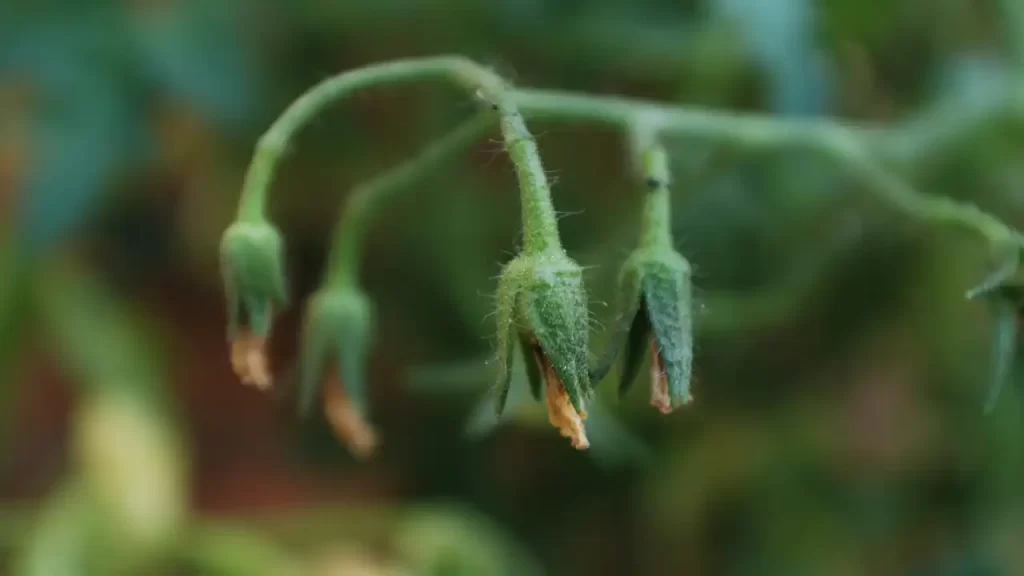
The tomato plants love to get direct exposure to sunlight for 8-10 hours daily, sufficient to produce fruits and flowers. Their fruit production capacity might be affected if they won’t get enough exposure to sunlight.
Due to insufficient sunlight, plants are not able to photosynthesize properly.
Less exposure to sunlight can cause leggy tomato plant growth. As the plant cannot complete the photosynthesis process, its leaves become pale yellow, and the stem becomes long, which might produce some flowers, but the chances of their transformation into fruit are very rare.
How To Fix
Choose the area where sunlight reaches a maximum for indoor or potted tomato plants.
If your garden has too many shrubs or bushes, and they are shading your tomato plants and blocking direct sunlight, pruning the excess shrubs and bushes is the best way to get rid of this issue.
Choose a brighter area to plant your tomato plants from next time.
Extreme Weather

Tomatoes love warm climates, but extreme temperatures can make the plants stressed, and they cannot set fruits on it.
Tomatoes can easily set fruits in the temperature range of 60 degrees to 80 degrees F. They struggle to make fruits if the temperature ranges extremely high or low.
Due to extreme heat, plants begin to shed the flowers, and sometimes it becomes inefficient to produce flowers. This mainly happens when the plant is going through the stress of drought.
When the weather is extremely hot or cold, you should plant cherry tomatoes which provide an ideal solution for your vegetable garden. They are known to produce fruit over a broad range of temperature variations – something that other large-fruiting tomato varieties cannot boast!
How To Fix
In extremely hot areas, you should always plant heat-tolerant tomato plants like Black Cherry tomatoes, Bella rosa, Celebrity, and Eva Purple Ball.
These tomato varieties can produce tomatoes even in hot climates.
Use frost fabric or low tunnel in a cold climate to help your tomato plants set fruits.
Final Thoughts
Tomatoes are naturally very simple plants; sometimes, they cannot set fruits if their basic care is not ensured.
If you manage to take care of the below points your tomato plant will never face problems producing fruits and encourage fruit set.
- Ensure direct exposure to sunlight for 8-10 hours daily.
- Use the right watering technique, and do not overwater your plant.
- Use organic fertilizers and compost while planting them to protect them from the problem of excess nitrogen.
- Maintain good airflow.
- Keep pruning your plant when needed.
- Always plant companion plants to attract pollinators and keep your plant disease free.
- Protect your tomato plant from scorching weather.
